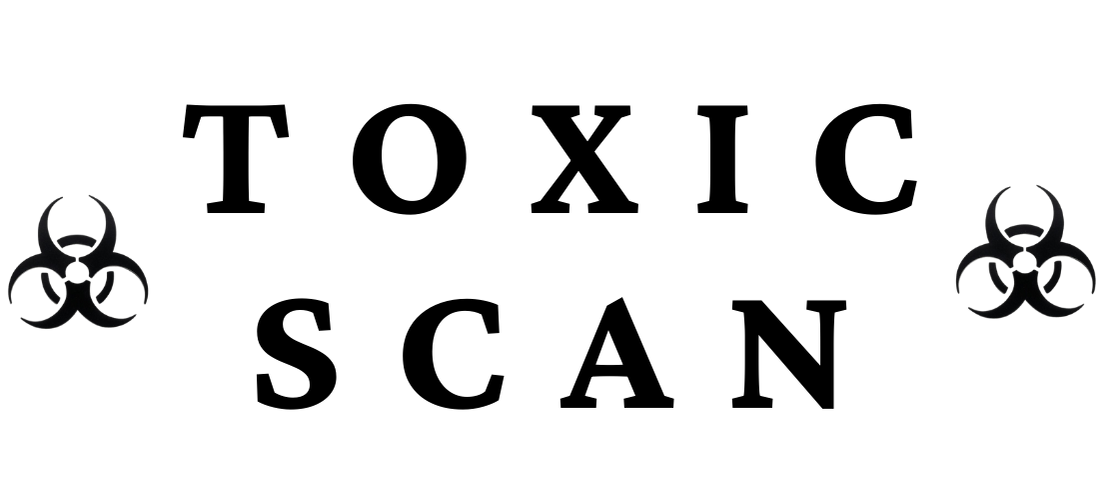E415: Xanthan Gum
E415: Xanthan Gum
What is E415 (Xanthan Gum)?
Xanthan gum (E415) is a polysaccharide (complex sugar) produced through bacterial fermentation. It functions as a versatile thickening agent, stabilizer, and emulsifier in a wide variety of food products. This white to cream-colored powder dissolves in water to form a viscous solution with remarkable properties—it can create stable suspensions, prevent ingredient separation, and provide a pleasing texture in many food applications.
Source and Production
Xanthan gum is produced through a fermentation process:
- Microbial fermentation: Made by fermenting glucose or sucrose with the bacterium Xanthomonas campestris
- Production process:
- Cultivation of the bacteria in a glucose-rich medium
- The bacteria produce the polysaccharide as a protective coating
- Recovery and purification of the gum through precipitation with isopropyl alcohol
- Drying and milling to produce a fine powder 3. Quality control: Tested for purity, viscosity, and microbial content
The raw materials (sugars) for fermentation typically come from corn, wheat, or soy, though the final product contains no detectable protein from these sources.
Common Uses in Food
E415 is used in a wide variety of food products, including:
- Gluten-free baked goods
- Salad dressings and sauces
- Dairy products (ice cream, yogurt, milk alternatives)
- Beverages (fruit juices, protein shakes, plant milks)
- Condiments (ketchup, mayonnaise)
- Soups and gravies
- Processed meats
- Confectionery
- Frozen foods
- Ready-to-eat meals
Functional Properties in Food
Xanthan gum serves multiple functions in food formulations:
- Thickening: Creates viscosity even at low concentrations
- Suspension: Keeps particles dispersed throughout a liquid
- Stabilization: Prevents separation of ingredients over time
- Emulsification: Helps oil and water components stay mixed
- Texture modification: Provides a smooth, creamy mouthfeel
- Freeze-thaw stability: Prevents texture degradation during freezing and thawing
- Pseudoplasticity: Thins when stirred but thickens when still, making it ideal for sauces
Health and Safety
Safety Assessment
Xanthan gum has been extensively evaluated and is generally recognized as safe (GRAS). It has been approved by:
- The European Food Safety Authority (EFSA)
- The U.S. Food and Drug Administration (FDA)
- The Joint FAO/WHO Expert Committee on Food Additives (JECFA)
No ADI (Acceptable Daily Intake) has been established as no safety concerns were identified at the levels used in food.
Potential Health Benefits
Xanthan gum may offer certain health benefits:
- Dietary fiber: Functions as a soluble fiber in the digestive system
- Blood sugar regulation: May help reduce post-meal blood glucose spikes
- Prebiotic potential: May support beneficial gut bacteria
- Satiety: Some studies suggest it may increase feelings of fullness
Safety Considerations
While generally very safe, some considerations include:
- Digestive effects: May cause bloating or gas in some sensitive individuals when consumed in large amounts
- Allergies: Extremely rare allergic reactions have been reported
- Premature infants: Not recommended for premature infants due to potential link to necrotizing enterocolitis in this very specific population
Regulatory Status
E415 (Xanthan Gum) is approved for use in most countries worldwide:
- European Union: Approved as E415 with quantum satis ("as much as needed") for most applications
- United States: FDA approved as GRAS
- Australia/New Zealand: Approved as food additive 415
- Canada: Permitted as a food additive in various applications
- Japan: Approved as a food additive
Special Uses
Xanthan gum has several specialized applications:
- Gluten-free baking: Essential for providing the elasticity normally supplied by gluten
- Vegan cooking: Used in plant-based alternatives to create desirable textures
- Molecular gastronomy: Used in modern cuisine for unique textures
- Industrial food production: Maintains quality during processing and storage
- Dietary restrictions: Generally acceptable for most dietary regimens, including kosher, halal, and vegan
Consumer Perception
Xanthan gum is generally well-received by consumers:
- Natural perception: Though produced through fermentation, it is considered natural by many consumers
- Clean label status: Often accepted on "clean label" products
- Allergen considerations: Generally non-allergenic; may be derived from corn, wheat, or soy, but the final product typically contains no detectable protein from these sources
- Non-GMO versions: Available for products requiring this certification
Alternatives to E415
For those looking to avoid xanthan gum, alternative thickeners and stabilizers include:
- Guar gum (E412)
- Locust bean gum (E410)
- Agar (E406)
- Carrageenan (E407)
- Gellan gum (E418)
- Pectin (E440)
- Methylcellulose (E461)
Conclusion
E415 (Xanthan Gum) is a versatile food additive with an excellent safety profile, as reflected by its low toxicity rating of 1. Its production through natural fermentation processes and lack of significant adverse effects have made it a staple ingredient in modern food production. It's particularly valuable in gluten-free and special diet foods where it helps create textures similar to conventional products. While some individuals may experience mild digestive discomfort with large amounts, xanthan gum is considered safe for the general population and serves important functional roles in food that are difficult to replace with a single alternative ingredient.
